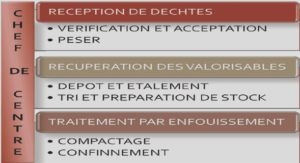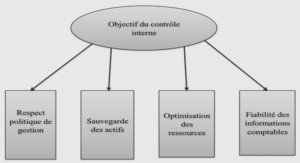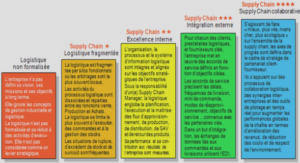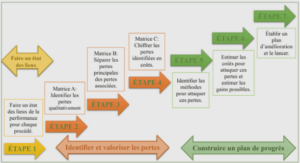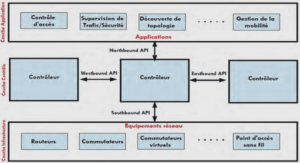Definition of Construction Dispute
The word “dispute”, as per Cambridge’s dictionary, means an argument or disagreement between two parties, in particular when they are official parties, such as two countries, worker and employer or parties to a business contract. In the same context, the term “construction disputes” is expressed as “the existence of incompatibilities of need and value” (Cheung & Yiu, 2006), while, a study conducted by (Vorster, 1993) defined the disputes as an issue arising from a disagreement between the project parties in relation to the project’s processes and activities. It’s worth noting that some studies, such as (Love et al., 2008) which defines a dispute as “any contract question or controversy that must be settled beyond the job site management” are more precise about what might be a confusion of understanding the differences between dispute and conflict, in the context of the project’s issues and disagreements, which will be detailed in the following section.
Difference between Dispute & Conflict It’s important to be aware of the differences between the terminologies used in the context of disagreements within a project, such as “dispute” and “conflict”, and figure out how the previous studies dealt with it, as this research focuses on disputes rather than conflicts. In particular, the disputes that produce cases could be escalated to the arbitration or litigation stages (judicial processes). As a result, it’s quite important to understand when we should consider a disagreement a dispute. The conflict is considered to exist once a discordance of interest comes about while the dispute is associated with “justiciable issues” (Fenn et al., 1997). Furthermore, the main purpose for handling conflicts is to avoid it evolving into a dispute, but on the other hand, when we deal with a dispute that means the axe has already come down and now the dispute needs resolution (Fenn et al., 1997). In other words, the dispute has escalated from a mismanaged conflict. It could be argued that the conflict, by default, exists between the contracting parties in which they all try to maximize the benefits on their end, which could, in some cases, affect the benefits of the other contracting parties, and therefore, successful management will keep an eye on the sources of the potential conflicts and prevent them from becoming a dispute. According to (Acharya et al., 2006), it is proposed that conflicts arise from mishandled risks; then, if they are not being managed well, they becomes a claim, and the claim can then escalate to a dispute if it is not cleared up, as shown in Figure 1.1.
Causes of Disputes Many studies investigated the causes of disputes in construction projects. Different categories were proposed in an attempt to recognize the factors that influence and cause disputes. A study by (Cakmak & Irlayici Cakmak, 2014) proposes a comprehensive classification for the causes of disputes, which contains seven categories and twenty-eight causes of disputes shown in Table 1.1. The conclusion driven out of this study stated that the leading cause of construction disputes are the contractor-related factors, in which a high number of disputes arises. A different approach was suggested by (Cheung & Pang, 2013), a classification that consists of three-factor groups: task factor, contract incompleteness and people factor, are suggested to be the common source of disputes in construction projects, which lead to two main types of construction disputes: contractual and speculative, as a result, the incomplete contract has been highlighted as the most familiar cause of construction disputes. Moreover, (Carmichael, 2002) illustrates that the sources of the dispute could be “personalities, different opinions, values, desires, needs and habits, performance, insufficient attention to contract documentation, and unexpected eventualities”. A study conducted by (Cheung & Yiu, 2006) titled “Are Construction Disputes Inevitable?” classified the dispute sources in three categories: contract provisions, triggering events and conflicts, and in a notable conclusion, the study concluded that the disputes are inevitable in construction projects, especially within complex projects.
Dispute Review Board
The dispute review board or DRB, is a non-binding alternative dispute resolution method, in which a board of experienced individuals comprised of three experts will keep close to the activities and processes of the project with the intention to create a sense with the different aspects of the project. This acquired sense would be the main success factor of this method; if a dispute escalates to this stage, the disputants will have an expert panel that is familiar with the project and ready to hear the case and help the project parties (Menassa & Mora, 2010). Once a dispute arises, the dispute resolution board will hold a hearing session with for both parties having equal chances to tell their side of the dispute. The process results in recommendations by the board to resolve the dispute, the choice of either party accept the board recommendations or escalate the dispute to another stage certainly remaining to the disputants themselves (Agdas & Ellis, 2013). Furthermore,(Agdas & Ellis, 2013) conclude that the DRB method proved to be not only an effective dispute resolution method but also a dispute prevention tool, the prevention nature of this method coming from the way the expert board is designed to work, where the regular visits and the continuously open communication channels with the project parties help the board in maintaining a cooperative environment and a trusted relation, thereby helping the project parties get the project done and achieve the desired objective (Thompson et al., 2000). In the same sense, (Harmon, 2003a) concludes that using a DRB method could decrease the likelihood of facing an escalated and expensive dispute by helping the projects parties settle the dispute in from the onset.
INTRODUCTION |


